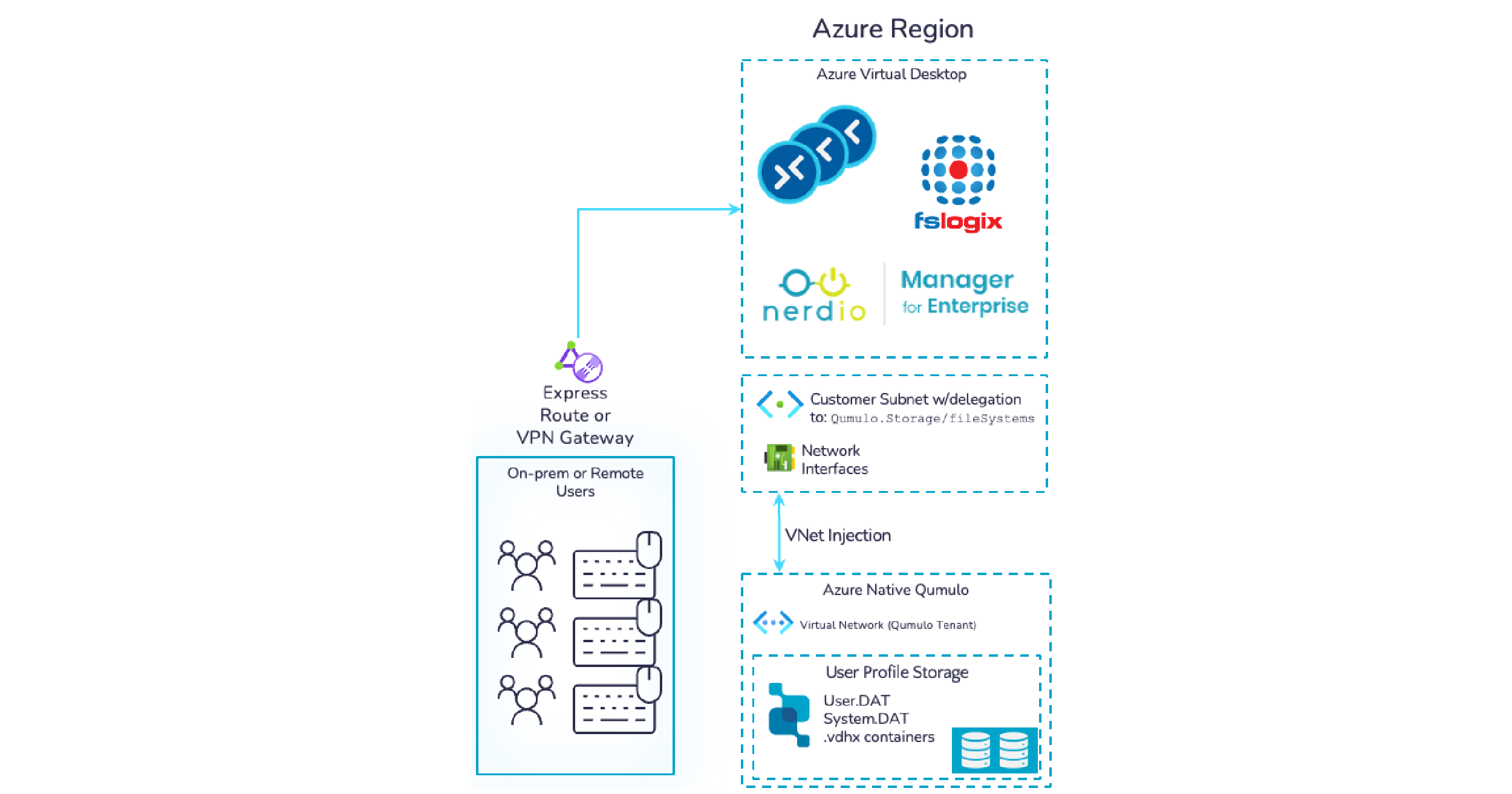This is the fourth and final post in our VFX 101 series. Here we share how one studio accelerated their time to market with new creative content by rapidly scaling its compute capabilities and leveraging GPUs in the rendering farm with Qumulo on AWS. In our previous posts, we covered the components of the VFX workflow, discussed what rendering is in relation to animation, and explained how to solve data storage performance, scalability and visibility issues that VFX studios and artists face with VFX workflows.
The Trouble with Render Farms
Visual effects (VFX) studios face many technical challenges. Building and maintaining a render farm is one of them.
Render farms require a substantial amount of power and generate an enormous amount of heat, which is taxing on infrastructure. And more complex jobs and higher resolutions are forcing VFX studios to increase rendering capabilities in order to keep up.
“I’ve found over the years that, no matter what size farm you have, you can easily overrun it at any given moment. The more you have, the more you will use,” said Jason Fotter, co-founder and CTO at award-winning visual effects studio FuseFX.
The tight deadlines and aggressive schedules of the television and film industries only exacerbate the situation. When more resources are needed, studios need to work fast.
“The problem arises when you are up against a delivery, and time is not on your side. We need to be able to act quickly at these moments, and that’s hard to do with physical infrastructure,” said Fotter.
Besides the time spent acquiring and installing new equipment, studios also have to provide adequate space, power, networking, and cooling. It’s time-consuming and costly.
For these reasons, simply buying or renting more equipment while simultaneously trying to hit deadlines is not ideal.
Fortunately VFX studios today have a secret weapon: The cloud.
FuseFX Finds the Scale It Needs in the Cloud
The cloud provides a solution to the limitations of traditional render farms.
“Before the cloud, I don’t know if there was a solution. Maybe really expensive co-location, or some other crazy scenario, but the cloud started to become a reasonable way for us to get some of our pressing render jobs done,” said Fotter.
Fotter decided to experiment with cloud rendering.
Qumuo’s unique software-defined, cloud-native file data platform — Qumulo Cloud Q — made the job easy.
Cloud Bursting Saves the Day
FuseFX quickly realized the benefits of leveraging the cloud. Fotter described a rendering incident that occurred when his team was working on an episode of the TV series The Tick.
“Our process is that people work during the day, submit their jobs, then we render overnight… If we have a problem, it’s always a critical problem. We came in one morning and discovered there had been problems overnight.
There must have been 50 jobs queued up that hadn’t rendered a single frame. The stress level of the production team was pretty high at that moment. We had been targeting 1,000 machines as a maximum target for capacity.
We knew that with Qumulo, we would be able to support that kind of throughput. And we did it. We got the frames rendered in the cloud and got them back down on-premise. We were actually rendering so fast that the bottleneck was getting the frames back from our cloud cluster.
We saved ourselves. That’s actual proof that the solution works.
There’s no possible way I could install 1,000 machines in our network here. I don’t have the power or cooling to support them. We were able to make the decision, and in less than one hour be rendering on 1,000 machines.
After the jobs finished, we simply terminated the instances. When I think about how easy it was, it still doesn’t sound real.”
A Flexible and Scalable File Data Platform is Key to VFX Success
These days, FuseFX uses the cloud as an extension of its on-premises infrastructure. Qumulo’s file data platform is a key component.
“Without a high-performance file system in the cloud, our workflow would be impossible. Qumulo is at the foundation of our AWS storage solution. Without it, we wouldn’t be able to expand to the capacity that we have,” Fotter said.
Designed for workloads with needs both in the data center and in the cloud, Qumulo’s file data platform offers the performance, scalability, flexibility, and analytics that VFX studios need.
Here’s how other leading VFX and animation studios use Qumulo’s file data platform:
- MARZ does more work with less storage; they doubled rendering workloads and tripled previous storage capacity, all with a smaller storage footprint.
- Cinesite Studios overcomes technical barriers to meet tight deadlines by utilizing the cloud.
- Guru Studios uses Qumulo’s built-in analytics and API for actionable insights and forecasting.
- REDLAB takes on more projects now that they’ve eliminated the performance and capacity challenges of the past.
Learn more
Learn more about how media & entertainment companies use Qumulo. We have several helpful resources for learning more about VFX and how our file data platform helps speed VFX production pipelines. Check out our data sheets on VFX, Animation, Media and Entertainment and learn how we’ve helped companies like FuseFX and Cinesite Studios to bring movies and animation programming to audiences faster!
[qumulo_cta id=”257679″]
VFX 101 series
- Part 1: The History of VFX and Its Workflows for Modern Film and Animation Production
- Part 2: What is Rendering and Why are Render Farms Important?
- Part 3: Common Data Challenges For VFX (And How to Solve Them)
- Part 4: VFX Rendering In The Cloud With Qumulo
Special thanks to Matt Ashton for his contributions to this blog series.


